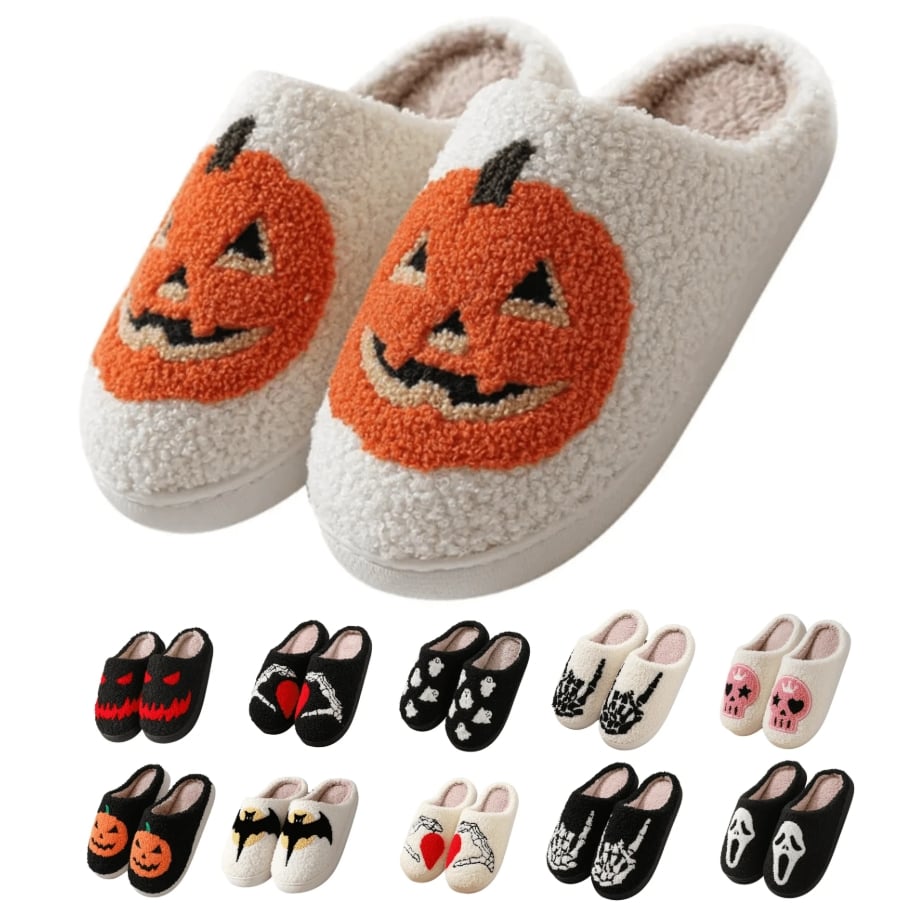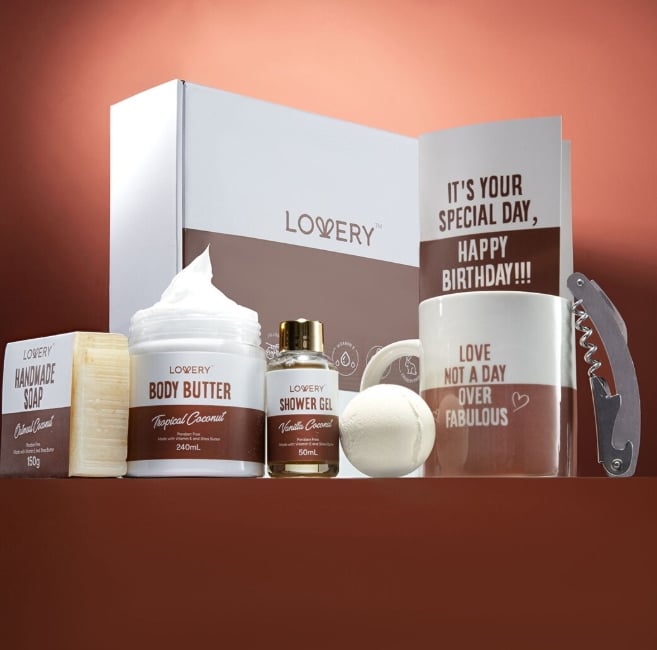How to Clean a Hummingbird Feeder with Vinegar
If you're a bird watcher, then you know that keeping a hummingbird feeder clean is important if you want to keep the wild birds coming back. But what's the best way to clean a hummingbird feeder? Some people recommend using white vinegar, and today we're going to show you how to do it! Read on for instructions on How to Clean a Hummingbird Feeder with Vinegar.

Get this purple hummingbird feeder here!
Caring For Your Hummingbird Feeders
If you love hummingbirds, feeders are an essential component to keeping them coming back every year. Hummingbirds are migratory but do find the same spots to settle in each year. If you've had a hummingbird population around your home or garden in the past, chances are you can keep these little birds if you offer them fresh nectar each year.
With providing hummingbirds food comes the responsibility to make sure you are cleaning hummingbird feeders. You want to avoid sick birds– especially if your feeders are to blame. A dirty feeder can harbor lots of bacteria and even toxic black mold and pathogens, just due to natural elements. If you think about it, bacteria love sugar and warmth. Both of these are present in hummingbird feeders outdoors during the warmer months. Having clean hummingbird feeders will ensure your bird population is happy and well, and able to continue nesting in your area. It will also help prevent fungal infection. Most bird enthusiasts recommend you do NOT attempt to feed hummingbirds unless you're providing them the correct mixture of nectar, and committed to keeping clean bird feeders.

Frequency of Cleaning
To avoid dirty or moldy feeders, frequent cleaning is a must. This involves taking the entire feeder indoors and cleaning by hand– do not attempt to “rinse-off” or just give it a quick once over with the garden hose. You will need to clean your entire feeder and feeder parts with greater frequency the hotter it is outside. There are many charts online to look at to see how often to clean your feeders, depending on the outside air temperature.
A quick rule of thumb for a clean feeder is that if it's hot weather, over 90-92 degrees Fahrenheit, you will need to clean them every day. If the temperature is in the '80s, every 2-3 days is necessary. If the temperature is 80 or below, every 3-5 days can work. However, it's also important to visualize the nectar and change it any time it appears cloudy, contaminated with dirt or bugs, or the feeder is almost empty. Any feeder in the hot sun will need to be cleaned and replaced much more frequently due to the warmth and fermentation of the nectar that occurs. So it's important to do your homework and even write it on the calendar if you may forget! More birds will empty the nectar more quickly, so be aware that some feeders may need to be cleaned more often. Don't have any hummingbirds yet in the spring or is it still cooler weather? You still need to clean your feeders regularly. Some sources recommend at least once a week, but to keep nectar healthy, we prefer to stick to the 3-5 day rule. Outside temperature plays a big part, so it's important to have a good thermometer to keep an eye on the temperature!

How To Clean
Now that you have researched how to clean a hummingbird feeder with vinegar or hot soapy water. For both methods, take apart the parts of the feeder first. You can do this in the kitchen sink. Empty out old nectar and give the components a rinse. Then, in a washtub or large bowl, prepare your cleaning solution. You can use warm soapy water or 50/50 vinegar and water solution. Does vinegar harm the hummingbirds? The short answer is no, however, your weak vinegar solution will also need to be rinsed thoroughly.
Before you rinse, be sure you are scrubbing all of the sugar residue and nectar residue off with a scrubber. If the feeder has been out in the sun, some of the sugar may be crystallized or hardened to the feeder. You can use different size bottle brushes, an old toothbrush, or even chenille pipe cleaners. Be aware that the feeding ports and any smaller parts need to be scrubbed, as well. After you get all the parts of the cleaner clean, rinse all soap residue and vinegar off. Vinegar shouldn't leave anything harmful behind, but it's a distasteful residue to the birds so you will need to ensure all parts are rinsed well.
Glass feeders are beautiful but can be more intimidating to clean. A good idea is to keep a towel or silicone mat in the bottom of your sink or dishpan– this will keep you from accidentally damaging the feeder while cleaning.
Shaking Rice
If you've heard of the “shaking rice” around the inside of the feeder, this is one way to remove mold. However, it may not get all mold off the interior of the feeder. Visualize your feeder and ensure you're still scrubbing and rinsing with clean water. To scrape off mold, fill the feeder with a cup of rice and shake around until the rice has scoured the inside of the feeder. You will need to ensure no rice remains– especially in those small nooks and crannies in the hummingbird feeder plastic.

Mix your New Hummingbird Nectar
After your feeder is clean, you can allow it to air dry and then re-mix your hummingbird feeder with new nectar. Hummer feeders are all different so be sure to follow the manufacturer's instructions as well as reliable information online for cleaning and mixing your own new hummingbird nectar. We have lots of information on making your own hummingbird food in our blog post. You can also check out our DIY Bird Sanctuary if you're feeling motivated to create a unique space for your birds this year! We hope this post has been helpful in maintaining your nectar feeder collection this hummingbird season!
Thanks for Reading!
Conclusion paragraph: So there you have it! How to clean a hummingbird feeder with vinegar. If your feeder is looking a little cloudy and needs a good cleaning, this is the way to do it. Be sure to also check out our recipe for homemade hummingbird food – it’s easy and economical to make, and your birds will love it!





